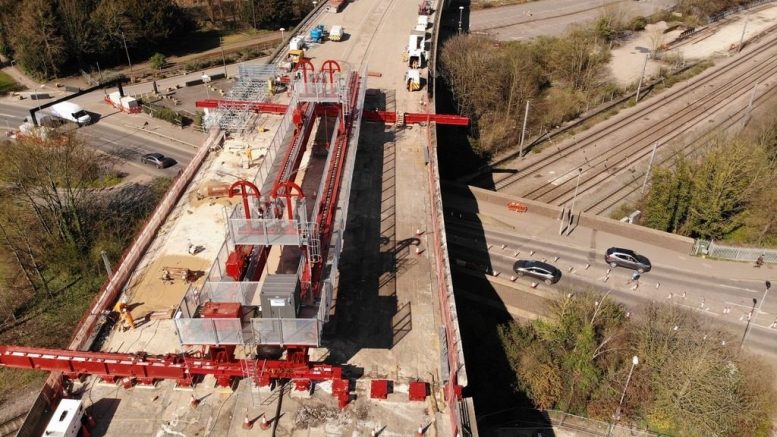When creating anything it needs to be tested to ensure it is effective, or fit for purpose. A perfect example is the current bid to create a vaccine for COVID-19. No matter what potential solutions are found they’ll need to be thoroughly tested before they can be utilized. This is the only way to ensure the safety of those with the vaccine.
The same is true in industry, to ensure the product is fit for purpose and durable enough to last.
Of course, in a production process quality control is achieved by randomly testing products and even testing the finished one. If it becomes damaged in the process this is not an issue, it’s just one of many.
However, when you’re looking at one-off items, such as an industrial building or large piece of equipment, testing to destruction is not an option.
It’s also not usually practical to dismantle it to test individual components. That means you need to check for defects using a non-destructive method.
Fortunately, there are several options to choose from.
Magnetic Particle Testing
When you want to check the surface or just under the surface of a material for irregularities, you’ll find that magnetic particle testing is the best option.
It works by sending a magnetic field into the surface. This is sent at a specific rate and the process of the magnetic field is tracked by a computer. The magnetic field will be disrupted by any deviation in the surface or sub-surface. These will be mapped and used to assess the strength or weakness of the component.
It’s effective with iron, nickel, cobalt, and an array of alloys based in ferromagnetic materials.
Ground Penetrating Radar
This does exactly what it says. The radar is pulsed through the ground when they encounter something solid, but not rock, ice, or soil, the radar wave is bounced back. This gives the operator an indication of what the sub-terrain is like without having to dig.
It’s great for verifying foundation strength and identifying buried objects.
Ultrasound
Ultrasound radio waves are not just for finding a baby in the womb. It’s also a very effective way of checking for leaks on a tank or other structure. The ultrasound waves effectively map the inside of a container, highlighting any leaks or even corrosion. This allows repairs to be undertaken before there is a serious issue.
It’s frequently used when inspecting bridges.
Laser Testing
There are actually three types of laser testing, holographic, profilometry, and shearography.
The holographic option sends pulses through a structure to assess any changes in the surface of the item. It’s particularly effective at disclosing surface variations due to excess stress, heat, or vibration.
Shearography is used to create a computer image of the surface in its current form. It can then be scanned again after being subjected to tests and the differences will be visible on the charts.
Profilometry is designed to detect corrosion, pitting, and even cracks. It works by pulsing and rotating at the same time. This allows it to create a 3D image of the object and identify any potential issues.
Knowing the defect in any industrial item means that steps can be taken to repair it. Considering the cost and inconvenience generally associated with replacing these types of equipment, this is a valuable tool to save money and lives.
Leak Testing
This method is only relevant if you’re creating a product that needs to hold fluid, such as an oil tank, or specific piping.
There are actually several different methods of leak testing.
- Bubble testing
This is an effective way of finding air leaks. A tank of liquid is placed inside the product to locate any leaks. Soap solution sprayed on parts can also be used and is especially effective for larger units.
- Pressure change
The item to be tested is pressurized or a vacuum is created inside it. This is then left for a set period and the pressure is retested, if it’s changed there is an air leak in the unit.
- Mass spectrometer
This method s potentially the most sophisticated. A carefully calibrated helium and air mix are placed inside the unit to be tested. A dedicated test unit verifies that the mixture of the air remains exactly the same, any changes indicate a leak.
- Halogen diode
This is another pressure testing technique. The main difference is the pressurized air pushed inside a unit also contains halogen diode. A halogen diode detection unit is used outside the unit to verify that none of the gas has escaped.
It doesn’t matter what you’ve created. If you need it testing there is a method that can help without you having to destroy your efforts.



Be the first to comment on "How to check for industrial defects without dismantling?"